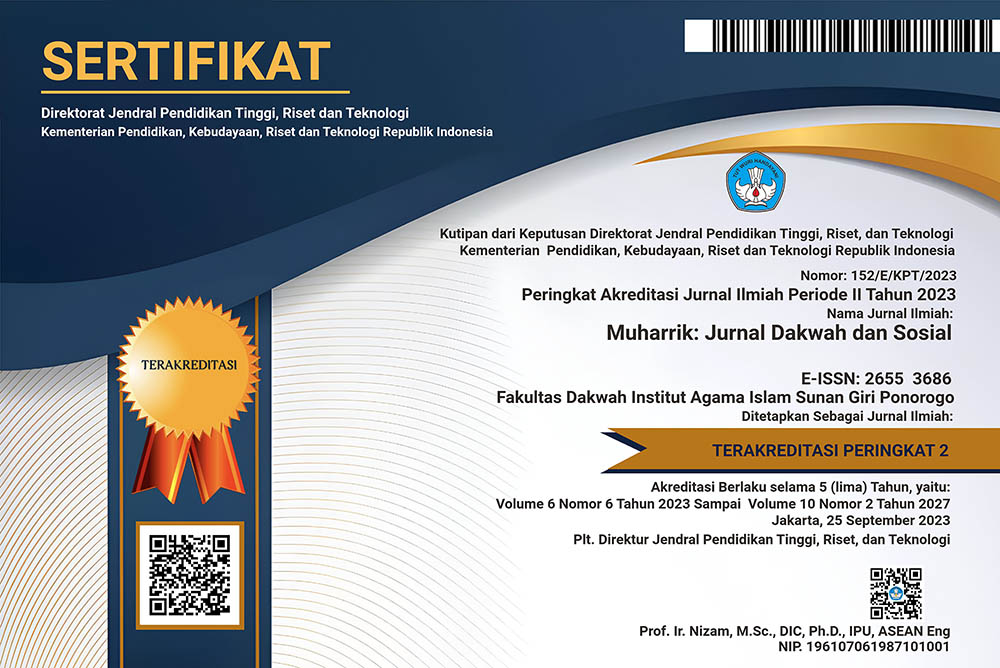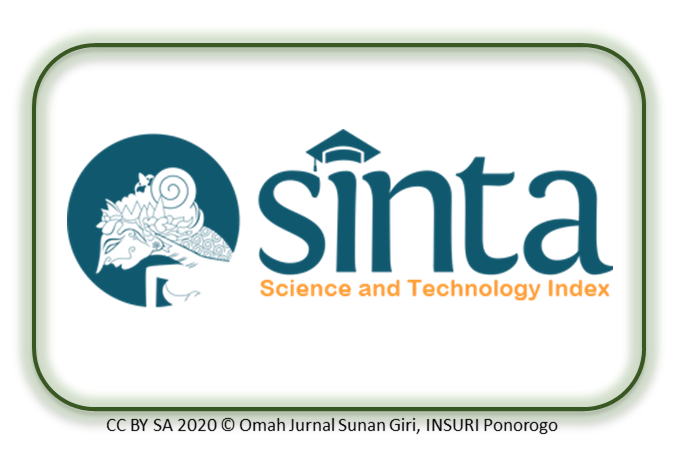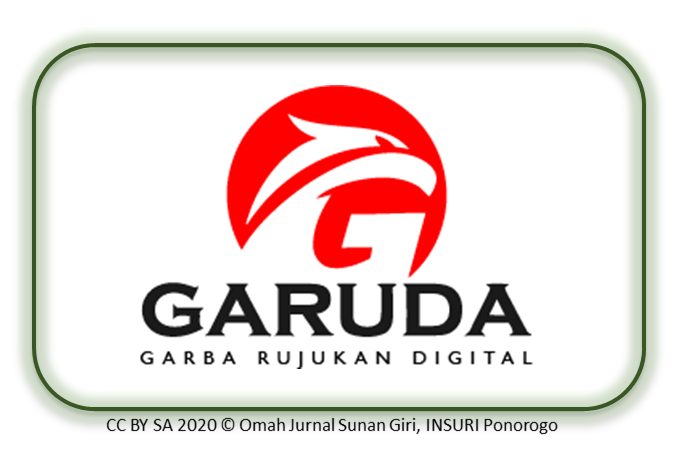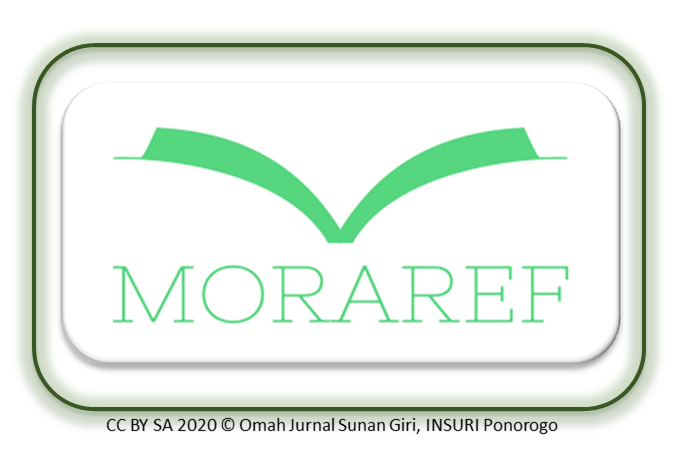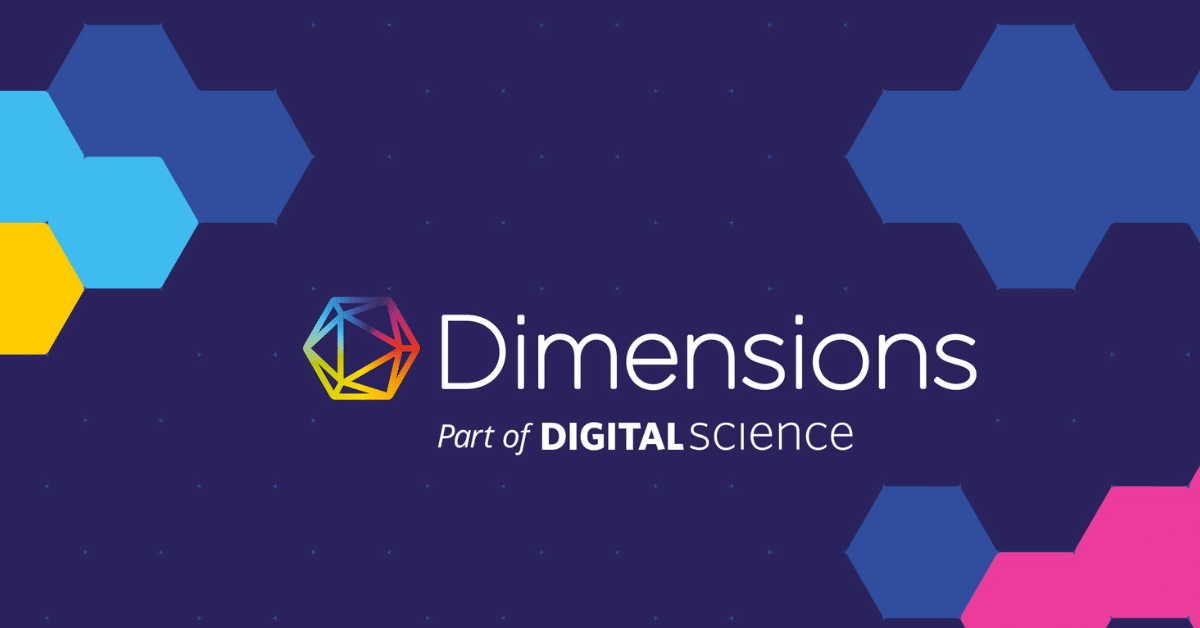Empowering Muslim Women through Digital Da’wah: A Case Study of Hijabers Community Medan
DOI:
https://doi.org/10.37680/muharrik.v7i2.6982Keywords:
Da'wah Strategy, New Media, Hijabers Community, Medan City, Social MediaAbstract
This study investigates the strategies and effectiveness of digital da'wah implemented by the Hijabers Community Medan, emphasizing women's empowerment through new media. Recognizing the urgency of understanding innovative religious communication methods in the digital age, particularly those targeting Muslim women, this research adopts a qualitative case study approach. Employing purposive sampling, eight key informants including community leaders, da'wah experts, and media specialists were selected to provide diverse perspectives. Primary data were gathered through semi-structured in-depth interviews, participatory observations conducted over six months, and content analysis focusing explicitly on the community's Instagram posts from the past year. Data validity was ensured through methodological triangulation, an audit trail documenting the research process, and rich, contextual descriptions. The analytical framework integrated Henry Jenkins' new media theory, Paulo Freire's empowerment theory, and Everett Rogers' diffusion of innovation theory to explore the dynamics of digital participation, empowerment, and innovation adoption within religious communities. Data analysis followed the Miles, Huberman, and Saldana model, employing NVivo software for systematic coding and thematic categorization. Findings reveal that the Hijabers Community Medan employs diverse digital strategies such as persuasive storytelling, visually engaging microblogs, and structured messaging via social platforms, fostering active community participation and enhancing women's religious identity. Despite these successes, challenges emerged including internal communication conflicts, inconsistent member engagement, and external misconceptions regarding their ideological stance. Critically, this study identifies the need for deeper empirical evaluation of digital strategies’ impact. The Inclusive Digital Da'wah Model of Hijabers Medan (DID-HM) proposed from these findings requires further validation through extended quantitative and comparative research to ascertain its broader applicability and effectiveness.
Downloads
References
Adeni, A., Koroglu, O., & Hasanah, S. (2022). Combining old and new media for Islamic da’wa activity: The Case of Indonesian Nursi movement. Jurnal Ilmu Dakwah, 42(1). https://doi.org/10.21580/jid.v42.1.11726
Ar-Ridho, A., Rubino, R., & Madya, E. B. (2023). Navigating Digital Frontiers: Analyzing the Strategies and Impact of Islamic Da’wah on Instagram. CHANNEL: Jurnal Komunikasi, 11(2). https://doi.org/10.12928/channel.v11i2.474
Aslan, A., & Shiong Pong, K. (2023). Understanding the Trend of Digital Da’wah Among Muslim Housewives in Indonesia. Fikroh: Jurnal Pemikiran Dan Pendidikan Islam, 16(1). https://doi.org/10.37812/fikroh.v16i1.681
Astri Dwi Andriani, & Aminah Agustinah. (2024). The Internet as a Reactualization of the Dakwah Communication System in the Digita Era. International Journal of Applied and Advanced Multidisciplinary Research, 2(2). https://doi.org/10.59890/ijaamr.v2i2.1394
Aziz, M. S., Indrasari, M., Pamuji, E., Wulandari, E. R., & Prasnowo, M. A. (2022). Systematic Review: Use of Digital Media as a Means of Communication of Da’wah. Jurnal Spektrum Komunikasi, 10(2). https://doi.org/10.37826/spektrum.v10i2.324
B.Miles, M., Huberman, A. M., & Saldana, J. (2014). Qualitative Data Analysis - Matthew B. Miles, A. Michael Huberman, Johnny Saldaña - Google Books. In Sage Publications.
Briandana, R., Doktoralina, C. M., Hassan, S. A., & Hasan, W. N. W. (2020). Da’wah communication and social media: The interpretation of millennials in southeast Asia. International Journal of Economics and Business Administration, 8(1). https://doi.org/10.35808/ijeba/543
Creswell, J. W., & Creswell, J. D. (2022). Research Design: Qualitative, Quantitative, and Mixed Methods Approaches 6th edition - John W. Creswell, J. David Creswell - SAGE. In SAGE Publications, Inc.
Efendi, E., Fatin, M. A., & Sari, N. F. (2023). Daya Tarik Media Digital sebagai Media Dakwah untuk Generasi Milenial. VISA: Journal of Vision and Ideas, 3(3). https://doi.org/10.47467/visa.v3i3.5468
Fauzana, R. (2022). Strategi Komunikasi Dakwah bil Qalam Komunitas Revowriter di Media Digital. Idarotuna, 3(3). https://doi.org/10.24014/idarotuna.v3i3.16440
Flick, U. (2020). What is triangulation? In Doing Triangulation and Mixed Methods. https://doi.org/10.4135/9781529716634.n2
Freire, P. (2021). Pedagogy of hope: Reliving pedagogy of the oppressed. In Pedagogy of Hope: Reliving Pedagogy of the Oppressed. https://doi.org/10.1080/00131911.2020.1766207
Gupta, S. K., & Singh, D. P. (2023). Seed Community Identification Framework for Community Detection over Social Media. Arabian Journal for Science and Engineering, 48(2). https://doi.org/10.1007/s13369-022-07020-z
Hamzah, Ahmad, S., Hamzah, M. L., Purwati, A. A., & Mutia, T. (2023). Islamic Animation: Netnographic Analysis on Digital Processing Transformation in Social Media. Nazhruna: Jurnal Pendidikan Islam, 6(3). https://doi.org/10.31538/nzh.v6i3.4054
Hanafiah, M. H., Hasan, M. R., & Mat Som, A. P. (2022). Managing Modern Muslim Travellers: Emerging Trends and Issues for Islamic Tourism Destinations. Tourism and Hospitality, 3(4). https://doi.org/10.3390/tourhosp3040058
Handaru, B. I. W. (2021). Tantangan Agama di Era Globalisasi: Analisis Strategi Komunikasi, Karakteristik dan Materi Dakwah. El Madani : Jurnal Dakwah Dan Komunikasi Islam, 2(01). https://doi.org/10.53678/elmadani.v2i01.188
Handayani, D. (2021). Political Identity, Popular Culture, and Ideological Coercion: The Discourses of Feminist Movement in the Report of Ummi Magazine. Jurnal Pemberdayaan Masyarakat: Media Pemikiran Dan Dakwah Pembangunan, 5(1). https://doi.org/10.14421/jpm.2021.051-08
Hopizal, H., & Fahrurrazi, F. (2020). Umma Application: Digital Da’wah and the Young Generation in the Era of Disruption. Kawanua International Journal of Multicultural Studies, 1(2). https://doi.org/10.30984/kijms.v1i2.11
Hudaa, S., Nuryani, & Sumadyo, B. (2023). Pesan Dakwah Hijrah Influencer untuk Kalangan Muda di Media Sosial. MAARIF, 17(2). https://doi.org/10.47651/mrf.v17i2.198
Irawan, G. B., & Radiamoda, A. (2023). Prophetic Communication: Implementation of Da’i Da’wah Strategies in The Millennial Era. Ishlah: Jurnal Ilmu Ushuluddin, Adab Dan Dakwah, 5(2). https://doi.org/10.32939/ishlah.v5i2.260
Jalaluddin, M. L. (2022). Whose Islam? The Western University and Modern Islamic Thought in Indonesia. Islamic Studies Review, 1(1). https://doi.org/10.56529/isr.v1i1.24
Jenkins, H. (2004). The Cultural Logic of Media Convergence. International Journal of Cultural Studies, 7(1). https://doi.org/10.1177/1367877904040603
Kholili, H. M. (2023). Reconceptualization of the Da’wah Movement in Indonesia: Perspectives on Da’wah Communication. Interdiciplinary Journal and Hummanity (INJURITY), 2(3). https://doi.org/10.58631/injurity.v2i3.40
Kusmanto, H., Prayitno, H. J., Sofiana, I., & Jamaluddin, N. (2021). Persuasion Action Strategies in Da’wah Discourse on Social Media in the Global Communication Era. Language Circle: Journal of Language and Literature, 15(2). https://doi.org/10.15294/lc.v15i2.26285
Lwamba, E., Shisler, S., Ridlehoover, W., Kupfer, M., Tshabalala, N., Nduku, P., Langer, L., Grant, S., Sonnenfeld, A., Anda, D., Eyers, J., & Snilstveit, B. (2022). Strengthening women’s empowerment and gender equality in fragile contexts towards peaceful and inclusive societies: A systematic review and meta-analysis. In Campbell Systematic Reviews (Vol. 18, Issue 1). https://doi.org/10.1002/cl2.1214
Machendrawaty, N., Shodiqin, A., & Effendi, D. I. (2022). Da’wah Education Based on Religious Moderation Training Using Digital Technology at Islamic Boarding Schools in East Bandung. Ilmu Dakwah: Academic Journal for Homiletic Studies, 16(1). https://doi.org/10.15575/idajhs.v16i1.18124
Masri, A. R., Mahmuddin, M., & Mahmud, H. (2022). Da’wah Model Through Facebook Social Media Platform. Ilmu Dakwah: Academic Journal for Homiletic Studies, 16(1). https://doi.org/10.15575/idajhs.v16i1.16812
Mazaya, V. (2022). Smart Dakwah di Era Society 5.0 ; Da’i Virtual dalam New Media. IQTIDA : Journal of Da’wah and Communication, 2(01). https://doi.org/10.28918/iqtida.v2i01.5366
Muzayanah, A., & Lubis, Y. M. (2023). Dinamika Dakwah Islam dalam Era Digital: Kajian terhadap Strategi Implementasi dan Tantangan yang Dihadapi. El Madani : Jurnal Dakwah Dan Komunikasi Islam, 4(02). https://doi.org/10.53678/elmadani.v4i02.1461
Neundorf, A., & Shorrocks, R. (2022). Revisiting the Impact of Modernization on Support for Women Politicians: The Role of Women’s Political Empowerment. Comparative Political Studies, 55(8). https://doi.org/10.1177/00104140211066214
Ningrum, M. E. S., & Astutik, A. P. (2023). Implementation of Dakwah in the Era of Disruption. Indonesian Journal of Education Methods Development, 18(2). https://doi.org/10.21070/ijemd.v22i.730
Octaviani, A. (2022). From Cafe to the Mosque: the Construction of Dakwah Digital Communication of Shift Community. Dimas: Jurnal Pemikiran Agama Untuk Pemberdayaan, 21(2). https://doi.org/10.21580/dms.2021.212.9429
Oktavia, N., & Abdullah, A. (2023). Dakwah Bil Hal Aisyiyah Cabang Medan Area dalam Pemberdayaan Perempuan. Syntax Literate ; Jurnal Ilmiah Indonesia, 8(6). https://doi.org/10.36418/syntax-literate.v8i6.12480
Pahlevi, R. (2023). Cultural Da’wah Movement And Implementation In Civil Society. Jurnal Syntax Transformation, 4(10). https://doi.org/10.46799/jst.v4i10.824
Rainer, P. (2024). Inilah Media Sosial yang Paling Sering Dipakai di Indonesia. Goodstats.Id. https://goodstats.id/article/inilah-media-sosial-paling-sering-dipakai-di-indonesia-Pdyt0
Ridho, A., Rifa’i, A., & Sujud, M. (2022). Jagat Dakwah Nahdlatul Ulama: Dakwah Berbasis Teknologi dan Informasi di Era Digitalisasi dan Disrupsi. Al-Munazzam : Jurnal Pemikiran Dan Penelitian Manajemen Dakwah, 2(2). https://doi.org/10.31332/munazzam.v2i2.4552
Rumahuru, Y. Z., & Gaspersz, A. C. W. (2021). Community Based Diversity Management: Analysis of Community Activities Building Post-Conflict Social Harmony in Tual, Maluku Province, Indonesia. Jurnal Humaniora, 33(1). https://doi.org/10.22146/jh.56933
Sakhinah, S., & Arbi, A. (2019). Persuasive Strategic Communication: Tabligh in Komunitas Anak Muda Berhijrah or Hijrah Youth Community. Dakwah: Jurnal Kajian Dakwah Dan Kemasyarakatan, 23(1). https://doi.org/10.15408/dakwah.v23i1.13925
Saragih, A. F. F., Sagala, R. F., & Effendi, E. (2022). Peran Media Sosial Dalam Membangun Dakwah Islam yang Efektif. Dakwatussifa: Journal of Da’wah and Communication, 1(2). https://doi.org/10.56146/dakwatussifa.v1i2.59
Sikumbang, A. T., Dalimunthe, M. A., Kholil, S., & Nasution, N. F. (2024). Digital Da’wah Indonesia Ulema in the Discourse of Theology. Pharos Journal of Theology, 105(1). https://doi.org/10.46222/pharosjot.1051
Smith, J. D., Adam, R., & Maarif, S. (2024). How social movements use religious creativity to address environmental crises in Indonesian local communities. Global Environmental Change, 84. https://doi.org/10.1016/j.gloenvcha.2023.102772
Suheri, S., & Nurrahmawati, Y. T. (2022). Moderasi Beragama di Era Disrupsi Digital. Proceedings of Annual Conference for Muslim Scholars, 6(1). https://doi.org/10.36835/ancoms.v6i1.453
Sule, M. M., & Sulaiman, Y. (2021). Enhancing Islamic Da’wah And Spread Of Knowledge Via Social Media Platforms. Jurnal Ilmiah Peuradeun, 9(1). https://doi.org/10.26811/peuradeun.v9i1.549
Ulumuddin, I. K., Shobirin, M., & Martin, A. (2022). Penguatan Dakwah Islam Aswaja pada Generasi Muda di Era Digital. Kifah: Jurnal Pengabdian Masyarakat, 1(2). https://doi.org/10.35878/kifah.v1i2.533
Utami, N. F., Wilodati, W., Komariah, S., & Nabila, M. (2021). Tourist Attraction: Personal Branding and New Social Movement. SOSIETAS, 11(1). https://doi.org/10.17509/sosietas.v11i1.36094
Uyuni, B., Arief, K. M., & Adnan, M. (2023). Contribution of Woman Ulama in Digital Era. International Journal of Emerging Issues in Islamic Studies, 3(2). https://doi.org/10.31098/ijeiis.v3i2.1926
Watts, J. D. (2020). Community living standards and rural household decision making. Journal of Rural Studies, 80. https://doi.org/10.1016/j.jrurstud.2020.06.034
Widoyo, A. F., Zulihi, Z., Islamy, A., & Abduh, M. (2023). Multicultural Islamic Education in the Fatwa of the Indonesian Ulema Council on Digital Da’wah Ethics. Ijtimā Iyya Journal of Muslim Society Research, 8(2). https://doi.org/10.24090/ijtimaiyya.v8i2.9467
Yasin, M., Sukmawati, S., Syahruddin, M., & Mukromin, W. L. (2023). Peran Majelis Ta’lim Asy-Syafa’at Terhadap Peningkatan Pemahaman Agama Kaum Wanita Di Desa Tanjung Aru Kecamatan Sebatik Timur Kabupatennunukan. Jurnal Pengabdian Masyarakat: Pemberdayaan, Inovasi Dan Perubahan, 3(1). https://doi.org/10.59818/jpm.v3i1.459
Yuwafik, M. H., & Muhid, A. (2020). Strategi Dakwah Pesantren Luhur Al-Husna Dalam Menjaga Toleransi Beragama Di Kota Surabaya. MUHARRIK: Jurnal Dakwah Dan Sosial, 3(02). https://doi.org/10.37680/muharrik.v3i02.431
Zahara, M. N., Wildan, D., & Komariah, S. (2020). Gerakan Hijrah: Pencarian Identitas Untuk Muslim Milenial di Era Digital. Indonesian Journal of Sociology, Education, and Development, 2(1). https://doi.org/10.52483/ijsed.v2i1.21
Zulfikar, M. (2019). Menag: Indeks pengguna medsos sebarkan konten agama capai 39,89. Antaranews.Com. https://www.antaranews.com/berita/1161704/menag-indeks-pengguna-medsos-sebarkan-konten-agama-capai-3989
Downloads
Published
How to Cite
Issue
Section
License
Copyright (c) 2024 Ellyta Effendy, Abdullah Abdullah, Rubino Rubino

This work is licensed under a Creative Commons Attribution-NonCommercial 4.0 International License.
The author(s) retain/s the copyright and grant/s Muharrik: Jurnal Dakwah dan Sosial the first publication rights licensed under the Creative Commons Attribution-NonCommercial 4.0 International (CC BY-NC 4.0) , which allows others to access (search, read, download and quote), share (copy and redistribute the material in any media or format) and adapt (mix, modify and develop) works for legitimate non-commercial purposes, with recognition of the authorship of the work and its initial publication in this journal.

